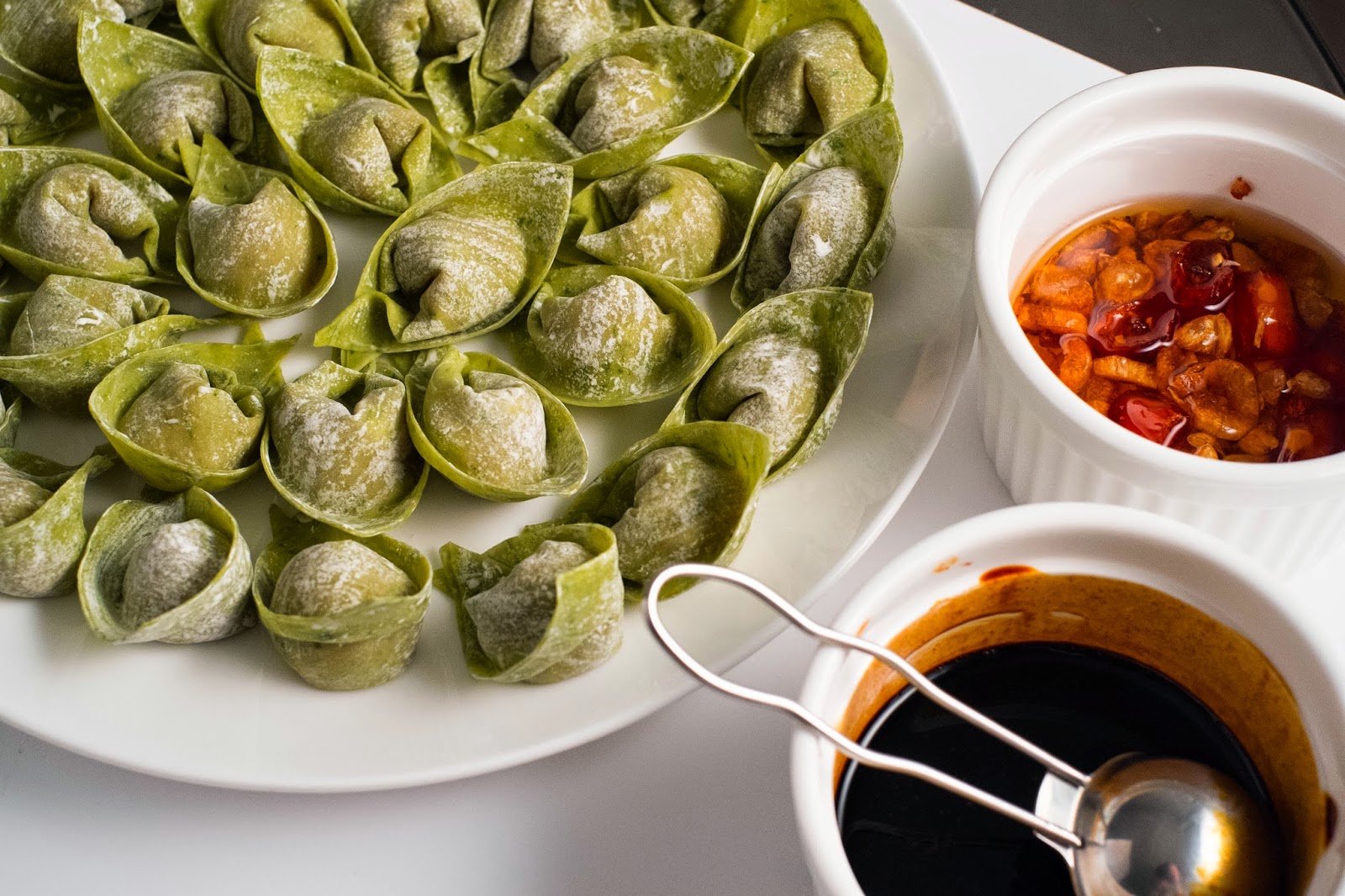Yamazaki 18. This is the whisky that truly got me into Japanese whiskies. When I was starting my whisky journey, I had read a lot about Japanese whiskies, but the ones I had tried never blew me away i.e. Yamazaki 12, Hibiki 17, Hakushu 18. I've since revisited my opinion of the Hakushu 18 (though I remain blasé about the other two).
But I still remember when I first had Yamazaki 18. One Friday night after work at Grain Bar under the Four Seasons with some friends. The moment I tasted it, I thought "This is amazing, I need to have a bottle!". A few weeks later, I ordered a bottle and it was delivered to my work. This whisky kickstarted my love of Japanese whisky.
Yamazaki 18
The Yamazaki 18 is one of Yamazaki's standard single malt expressions. The whisky that makes up this expression has been aged 18 years in bourbon, sherry and Japanese mizunara casks, before being blended together. Its won a whole host of prizes (http://www.suntory.com/factory/whisky/prize/index.html) and basically every loves it.
However, none of that will give you an idea about how it tastes. So without further ado, I've set out my tasting notes below:
Smell
- Very rich
- Sherry and currants
- Spices
- Toasted cereals
Mouth feel
- Very thick and syrupy
- Slowly spreads around your tongue
Taste
- Poached apples
- Sherry
- Exotic dark chocolate and carame
- Toasted wheat and hazelnuts - possibly biscuits
- Thick honey
- Oak and very subtle smoke, supporting the other flavours
Finish
- Warm and very long
- Very complex tastes that lingers
- Vanilla and coffee
If you haven't guessed from my opening paragraphs, I love this whisky. Once you taste this whisky, drinking other whiskies are but gazing into a mirror dimly. I would rate it as one of the top 2 whiskies I've ever had (the other being Caol Ila 25 years). The rich nose that just invites you to taste it, the incredibly punchy, complex and balanced flavours, and the long, comforting finish combine to make one of the best whiskies on the market.
The main Scottish whisky that I think is analogous to the Yamazaki 18 is the Highland Park 18. However, although it shares the balance and flavour profile of the Yamazaki, the Highland Park doesn't have the same intensity of flavour. In the Yamazaki, every flavour is perfectly balanced against each other, yet each is so intense that it stands out despite the balance.
I have no idea how Yamazaki can pack this much flavour in a whisky. This is the definitely the big brother of the Yamazaki Distillers Reserve. Also, if you tried the Yamazaki 12 and weren't impressed, try the 18. It is on a completely different world of flavour.
My friend liked this whisky so much that he ordered a bottle straight after trying it at my place. If you try this whisky, be warned...



































